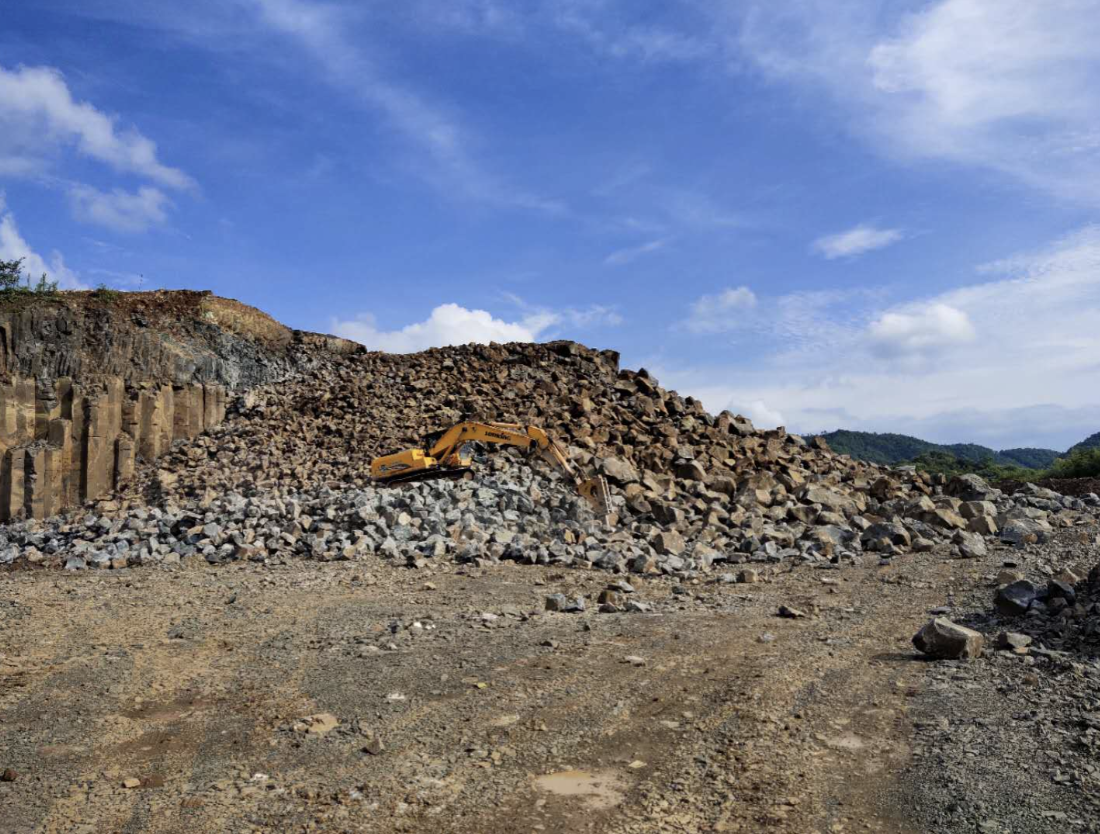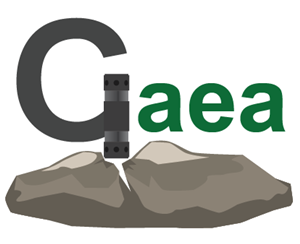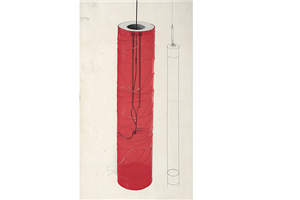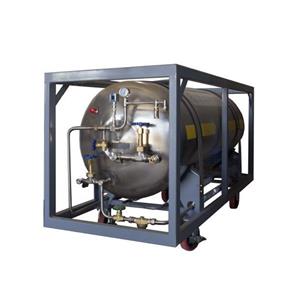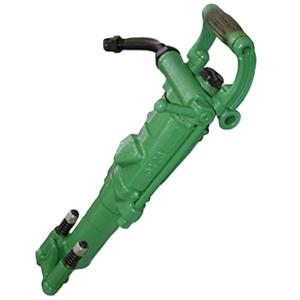Safety Causes and Preventive Measures for Blasting Accidents
In terms of safety causes, the substandard quality of blasting materials is one of the important factors. For example, if the initiation sensitivity of detonators does not meet the standard, according to relevant research, when the initiation sensitivity is below the standard value by 5%, it may lead to initiation.
Failure or abnormal initiation time, thereby causing blasting accidents. The preventive measure is to strictly control the procurement channels for blasting materials, select products from manufacturers with production qualifications and whose product quality has been certified by authoritative testing, and conduct sampling inspections on each batch of materials.
Non-standard operations are also a common safety cause. For instance, during the charging process, if the charge density is too high or too low, based on experience, a deviation in charge density exceeding 10% of the specified value will affect the release of explosive energy, leading to uncontrolled blasting effects. The preventive measure is to strengthen training for blasting operators, requiring them to strictly follow operating procedures for charging, wiring, and other operations, and to conduct regular skill assessments.
Inaccurate surveying of geological conditions at the blasting site is a safety hazard. For example, in underground mining blasting, if the rock hardness, joints, and fissures are not accurately understood, and the estimated rock hardness deviates by more than 20%, it may result in unreasonable blasting parameter design. The preventive measure is to use multiple surveying methods before blasting operations, such as geological radar detection and core drilling analysis, to comprehensively and accurately understand the geological conditions.
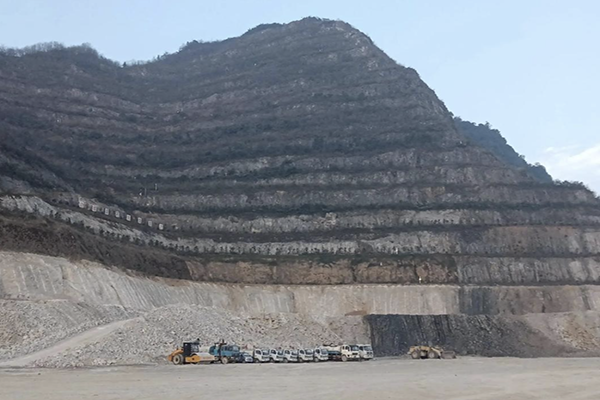
Safety causes also include unreasonable setting of alert zones. If the alert radius is too small, for instance, when the calculated maximum throw distance of flying rocks from blasting should reach 150 meters but the actual alert radius is set to only 100 meters, it may cause harm to personnel and facilities outside the alert zone. The preventive measure is to scientifically calculate the alert zone based on factors such as blasting scale and rock characteristics, set clear alert signs, and assign dedicated personnel to handle alerting.
Errors in blasting network connections are potential causes of accidents. For example, in a series network, if there is a loose connection at one point causing increased resistance, according to electrical principles, a resistance change exceeding 5% may lead to some detonators failing to explode. The preventive measure is to use professional instruments for continuity checks after connecting . the blasting network to ensure the network connections are correct and error-free.
Insufficient consideration of weather conditions can also lead to safety issues. For example, conducting open-pit blasting operations during thunderstorms may trigger premature explosions due to lightning. Relevant statistics show that in areas prone to lightning, the probability of premature explosions in open-pit blasting during thunderstorms is 30% higher than in normal weather. The preventive measure is to closely monitor weather forecasts and prohibit blasting operations during thunderstorms or other adverse weather conditions.
Among safety causes, improper storage of blasting materials cannot be overlooked. For instance, if the humidity in the storage environment for explosives exceeds the specified value of 70%, it may cause the explosives to become damp and clump, affecting their explosive performance. The preventive measure is to establish storage facilities that meet safety standards, control environmental conditions such as temperature and humidity in storage, and regularly inspect and maintain the stored blasting materials.
Unreasonable blasting design schemes are potential factors leading to accidents. For example, if the spacing between blasting holes is designed too large, exceeding the reasonable spacing by 20%, it may result in poor rock fragmentation effects, producing large rock blocks and increasing the difficulty and safety risks of subsequent processing. The preventive measure is for professional personnel to scientifically and reasonably design the blasting scheme based on on-site conditions and organize experts for review.
Weak safety awareness among personnel is also a safety hazard. Some blasting operators do not wear protective equipment as required, such as safety helmets and earplugs. According to accident statistics, casualties due to not wearing protective equipment account for about 25% of the total accidents. The preventive measure is to strengthen safety education and training, enhance the safety awareness of operators, establish strict reward and punishment systems, and urge personnel to correctly wear protective equipment.
Safety causes also include insufficient assessment of the surrounding environment. For example, when conducting blasting operations near residential areas, if the impact of blasting vibrations on residential buildings is not fully considered, and the blasting vibration velocity exceeds the specified safe value of 0.5 cm/s, it may cause damage to building structures. The preventive measure is to conduct a detailed assessment of the surrounding environment before blasting, adopt vibration reduction measures such as setting up vibration reduction ditches, and monitor blasting vibrations in real time.
